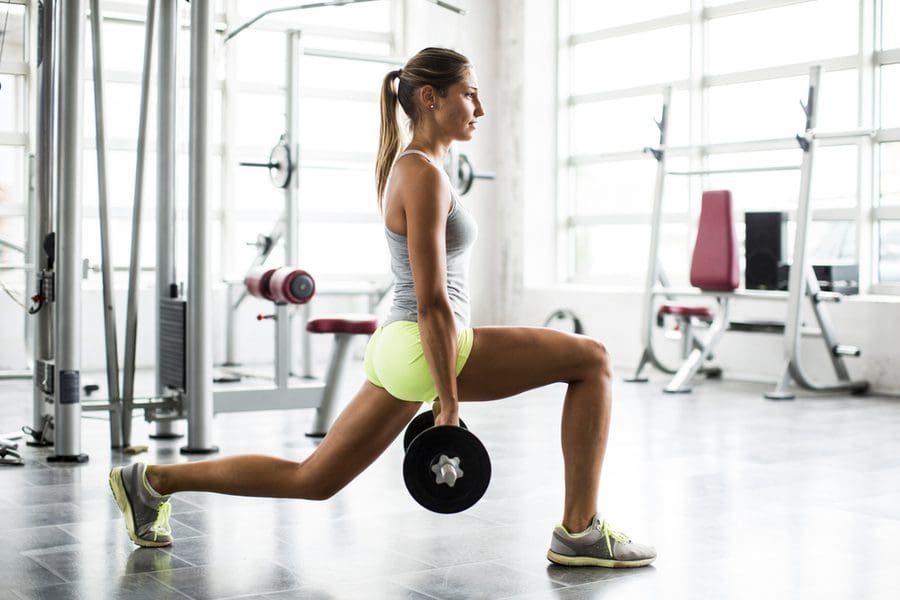Adding strength training to your current workout routine means that you are taking precautions to defeat chronic conditions that may threaten to make your later years miserable. There’s a rumor that some women favor cardio exercise over weights, and a quick look around your gym will probably support that cliché. More and more trainers are urging women to add strength training for better health — if not better muscles. Building bone density through weight training may not sound nearly as much fun as spin class, but nobody wants to worry about brittle bones and osteoporosis.
Exercising with weights is an anti-aging wonder and a great way to get better muscle definition. Pick up those weights regularly and maybe you’ll create biceps that Michelle Obama would envy.
Strength training is also proven to be good for the heart. One study found that those who strength train have better “good cholesterol” levels—aka better-functioning high-density lipoprotein—than those who don’t strength train. Another study reveals that strength training may also help to lower blood pressure.
The time to develop bone mass is when you are young. By the age of 30, your bones have reached maximum strength and density. As you enter menopause, you may start to see a decrease in your body’s production of estrogen, which helps balance bone mineral buildup and breakdown. An increase in peak bone mass as small as 5 percent can significantly reduce your risk of developing osteoporosis later. Bones that encounter little or no resistance grow weak faster and are more susceptible to breaks.
The body responds to resistance training by sending material to strengthen your bones help prevent breaks later in life. You can also use resistance training to prevent the loss of muscle mass that starts around the ages of 30 to 35. Countering the decline in muscle mass means you’ll need to keep challenging your muscles to keep them at their best.
Strength training for optimal health relies on finding an approach you like and will stick with, whether that’s bodyweight exercises in your living room or tackling CrossFit. You’ll see better results the longer you stick with it and the more your routine is consistent.
Try three to five strength sessions per week. Choose a weight weighing between 5 to 15 pounds when you are just starting. The weight should be one you can lift 10 to 12 times for two to three sets. When the last two to three repetitions feel easy to lift, you’ll know it’s time to move up to heavier weights.
Beginners should start with a combination of functional exercises that mimic movements you use in everyday life. Most functional exercises involve the squat, push, pull, hip hinge, and hip extension. Use exercises that engage multiple large muscle groups at once. Pair those with a couple of single-joint exercises like bicep curls.
If cardio is your thing, consider this: incorporating cardiovascular exercise into a general resistance program results in maximum health benefits. Pair your strength training routine with 20-30 minutes of moderate intensity cardio daily. Take a walk, ride your bike or go for a jog. At this rate, you will be getting the American Heart Association’s recommended amount of activity for overall cardiovascular health.






